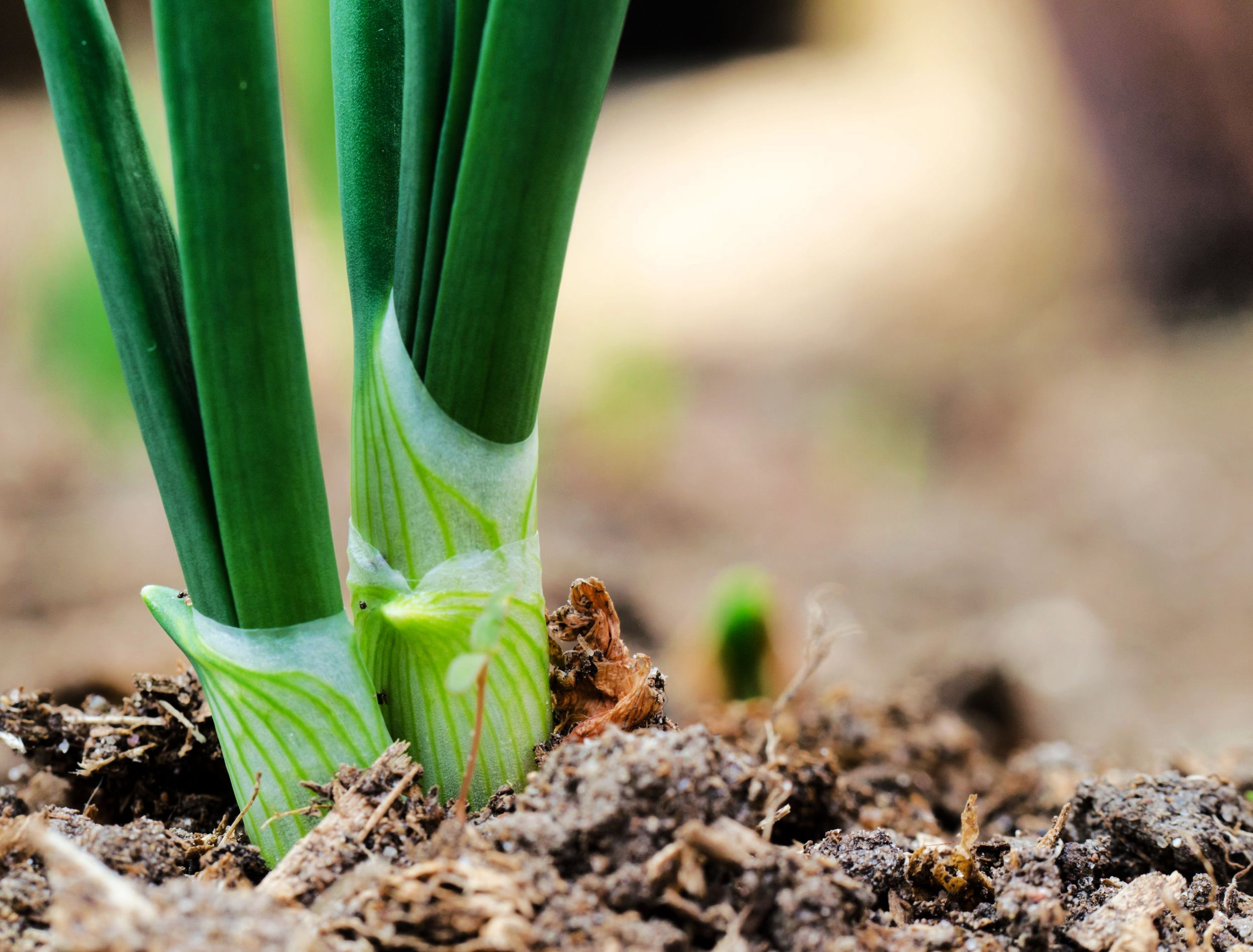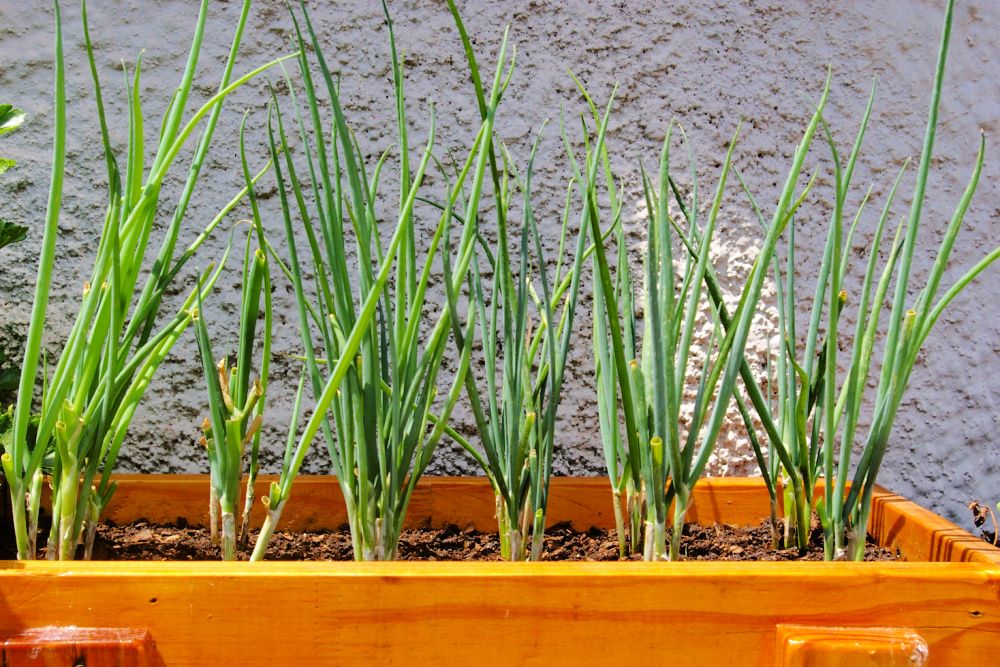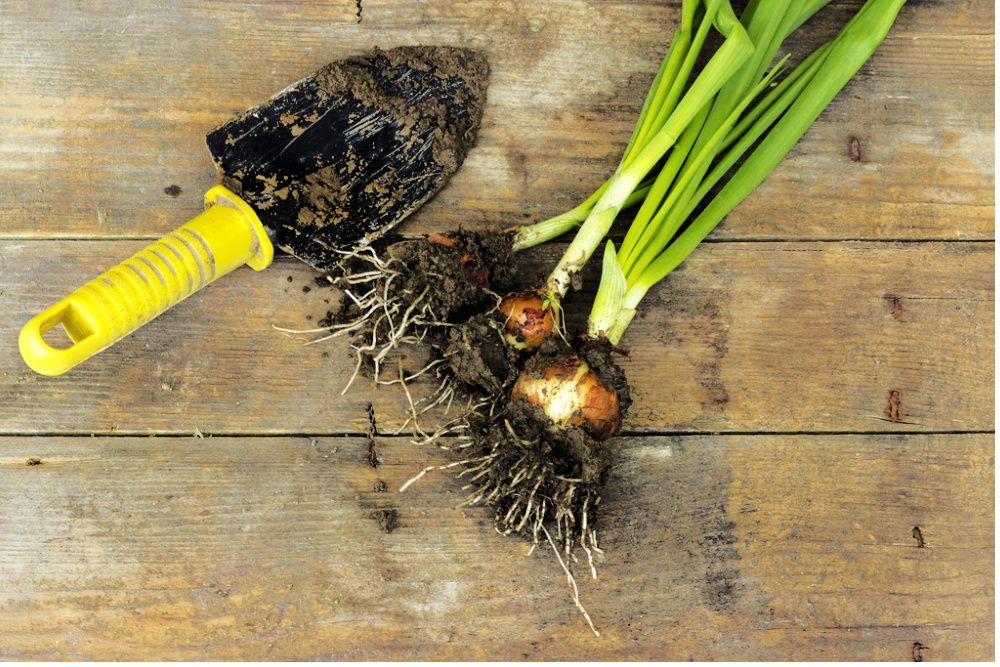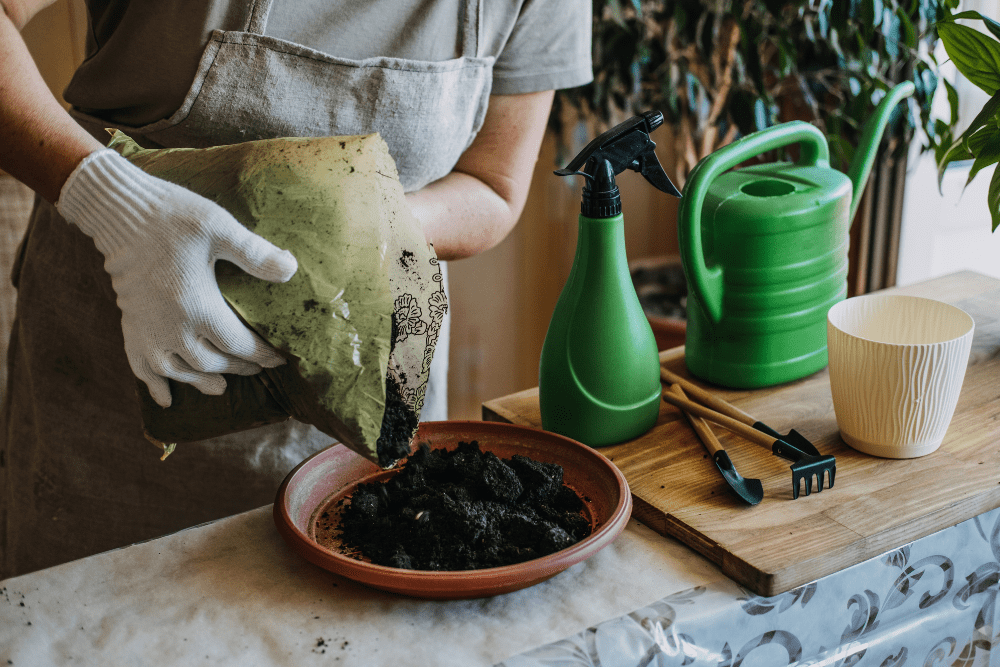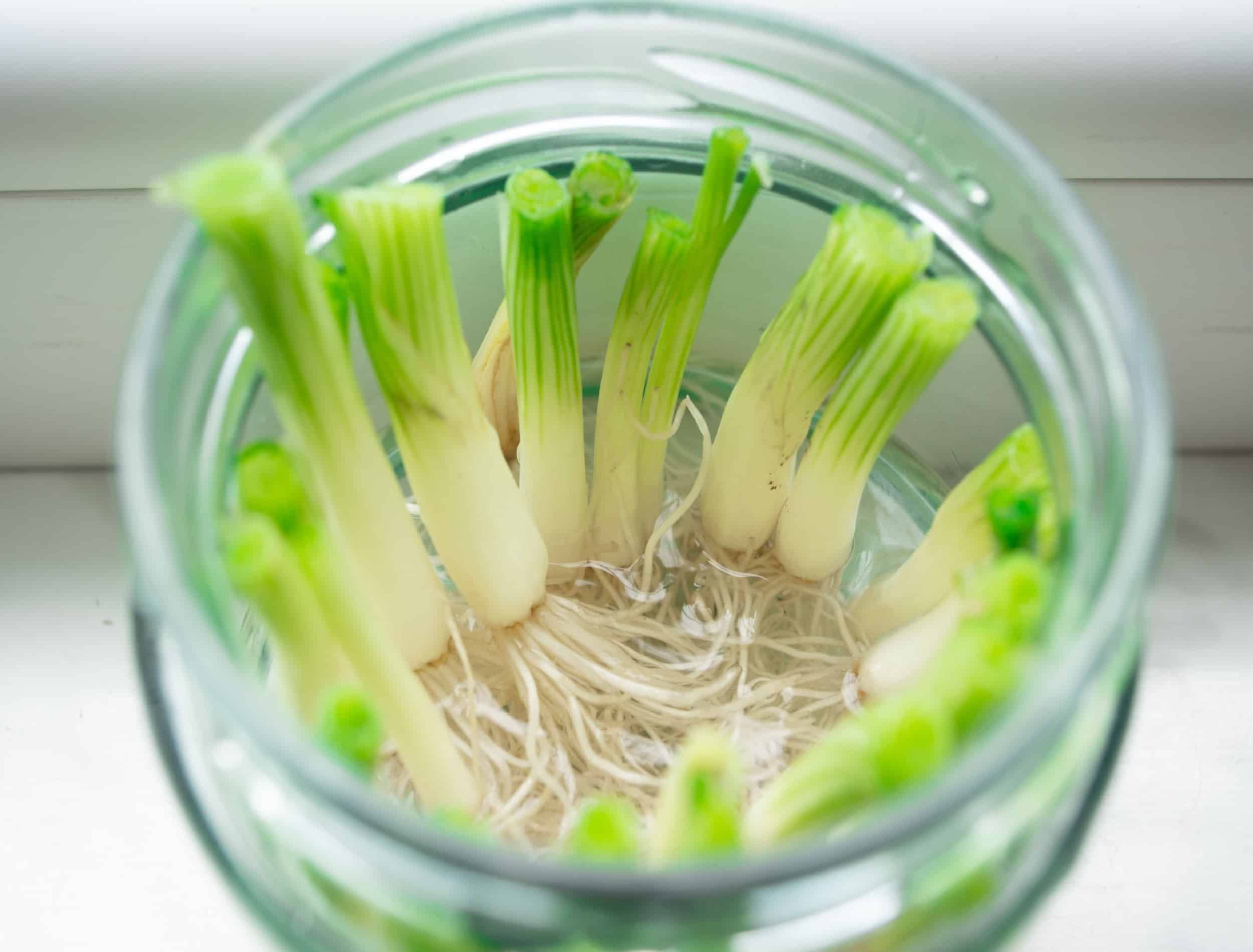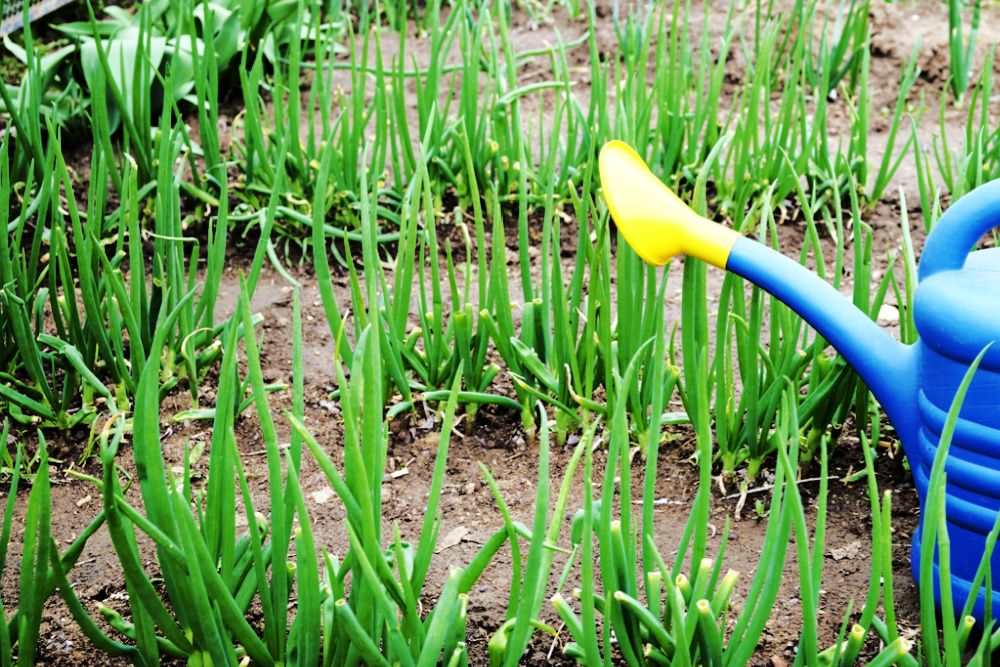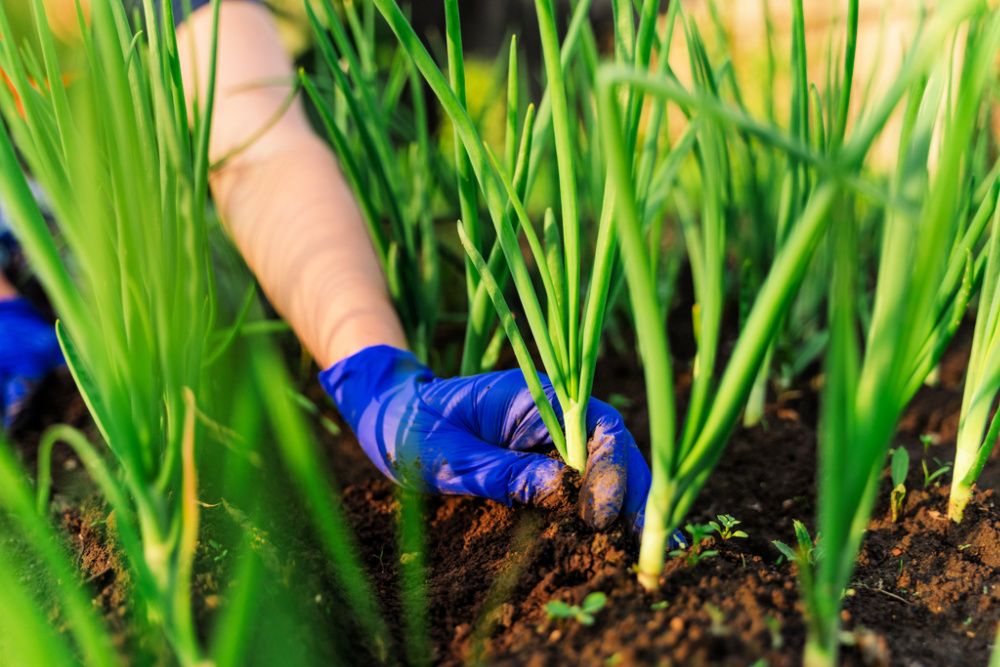Green onions are a delicious addition to any meal, whether you use them to garnish your favorite ramen dish or grill them on the BBQ. If you've been wondering how to add these flavorful tubular alliums to your garden, you're in luck.
The process is quite simple, whether you'd prefer to grow them indoors or plant them in the garden with the rest of your veggies. All it takes is a little knowledge, the right tools, and some patience! Below, you'll discover everything there is to know about growing green onions and a step-by-step guide to streamline the process.
What Are Green Onions?
Image credits: Studio_Loona via Shutterstock
It's no secret that green onions are a popular vegetable, but you may notice several veggies of the allium variety that look similar. Green onions, scallions, and spring onions are actually the same plant and are defined by age. They're all fast-growing and have a mild onion flavor, so they're always meal-ready!
Scallions are younger than green onions as they are harvested earlier. Generally, they have a slimmer white bulb at the base of the stems. A green onion is a bit more mature with a larger bulb. Spring onions are the oldest, though they are still considered a young onion and have a round white bulb at the base. With that said, the terms are generally used interchangeably!
Two types of onions are commonly sold as green onions: bulb onions (Allium cepa) and bunching onions (Allium fistulosum). Many green onion seeds are hybrid cultivars of both A. cepa and A. fistulosum.
However, note that the leafy green top of bulb onions can be tougher than a green onion; if you're growing green onions from scraps, it's best to grow/use bunching onions. You can tell the difference by the shape of the vegetable. Bunching onion green onion leaves have a flat side, whereas bulb onions are completely round tubes.
Tools You'll Need
Image credits: Dimijana via Shutterstock
To properly grow green onions in your home garden, there are a few tools you'll need. Find all the essentials below.
- Green onion seeds, transplants, or scraps
- Plenty of sunlight or a grow light
- Fertile, well-drained soil
- Garden trowel
- Gardening fork or hoe
- Gardening gloves
- Garden bed or large pot
- Watering can or hose
How to Grow Green Onions
Step 1: Prepare the Location
Image credits: Iryna Imago via Shutterstock
The first step in growing green onions is preparing your location. You can plant these alliums in pots or a garden bed depending on how many you'd like to grow and if you'd like to grow them indoors or outdoors.
Well-drained, sandy loam soil is the best option for growing green onions. If planting in a bed, till the soil with a gardening fork or hoe for a fine, smooth bed to allow the bulbs to grow and develop roots.
Step 2: Germinate Seeds or Grow from Scraps
Image credits: Mehriban A via Shutterstock
You can directly seed onions, grow from transplants, or grow from scraps. In climates north of zone 6, you should plant seeds in early spring as soon as the ground is workable. In climates south of zone 6, you can continue planting green onions throughout the spring, summer, and fall, as long as temperatures are around 68 to 77 degrees Fahrenheit.
Directly sow the seeds about a ½-inch deep with a 2-inch wide band in rows 12 to 18 inches apart. Remember to keep the soil moist to help the seedlings develop. Germination should take around 10 days. Once seedlings emerge, thin to about one plant every inch.
To get a start on the growing season, begin germinating the seeds indoors about four weeks before the last predicted frost. Like direct planting, sow the seeds about a ½ inch deep and keep moist. When you are ready to transplant, gently remove the plants from the soil, trimming the roots to a ½ inch in length and the stalks to 4 inches. Make spaces in your pot or garden bed about 2 inches deep and plant about one inch apart.
You can also grow green onions from scraps, whether you want to plant the leftover bulb in a pot or propagate them in a glass of water and then plant. Either way, you'll have an endless supply of green onions you can trim as often as you'd like!
Step 3: Caring Tips
Image credits: CEPTAP via Shutterstock
Since green onions have shallow roots, keeping the soil moist is essential. As a general rule of thumb, water weekly unless it rains, and more often if the soil drains quickly. You can check how moist the soil is by using your fingers. If it's still wet about an inch down, the plants don't need watering, and if it's dry, they do!
Also, keep an eye out for weeds since they can outgrow young green onions. Use natural weeding methods, either removing the plants by hand or mulching around the plants.
Step 4: Harvesting
Image credits: Galina Tsyrulnik via Shutterstock
You should harvest the stalks of bunching onions about two months after seeding. If you do plant bulb onions, you'll need to harvest the green onion stalks before bulbs form when the plants are still immature. In general, you can gently pull green onions from the ground once they reach a usable size.
Green onions will keep in the refrigerator for about a week.
Get Growing!
Green onions are a simple vegetable to grow! Once you plant them, the required care is basic and minimal and shouldn't be too hard to keep up with. You'll know they're ready for harvest by appearance, and if you harvest a bit too early, you'll end up with scallions; if you harvest too late, you'll have spring onions -- both of which have a relatively similar flavor!
Will you be adding green onions to your vegetable garden this year? Share in the comments below!

